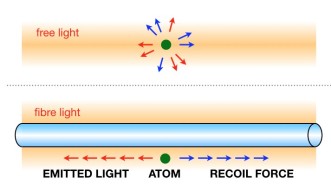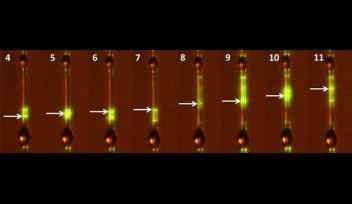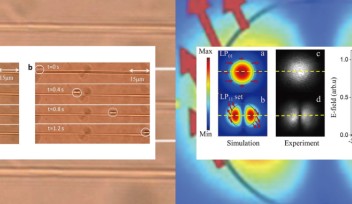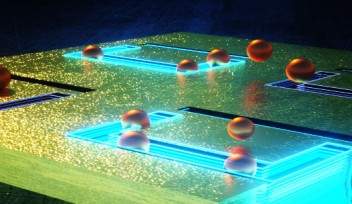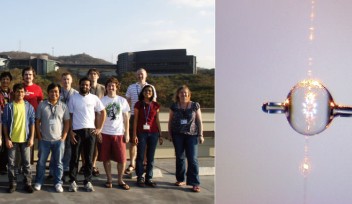Chiral Forces for Quantum Technologies
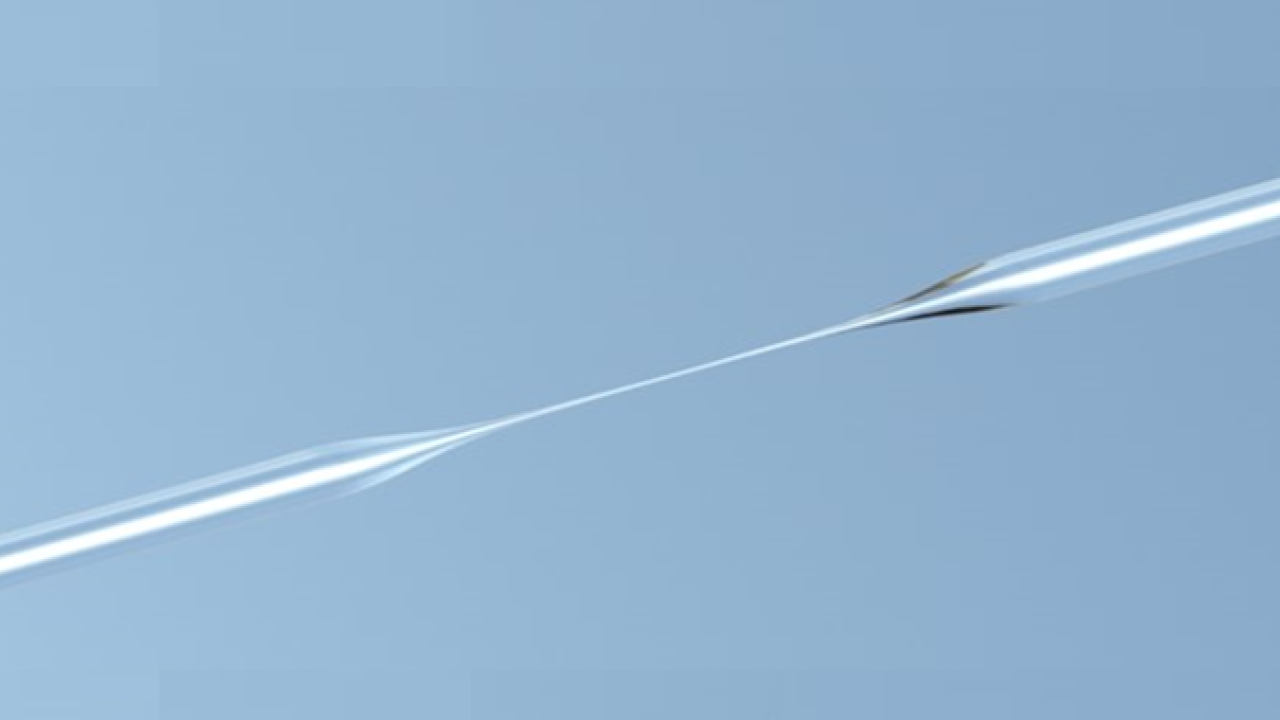
A team of physicists from the Light-Matter Interactions Unit and the Quantum Systems Unit at the Okinawa Institute of Science and Technology Graduate University (OIST) have found a way to calculate an atom’s chiral force – a force that an atom exhibits when it is in the vicinity of thin and hollow pipes called optical nanofibers, with diameters ranging from tens to hundreds of nanometers thick. Researchers hope to apply this finding in the fields of atomic physics and quantum optics, but also in the development of quantum technologies. Detailed control over the forces on quantum particles is, for example, important for building quantum sensors that can measure very small quantities with very high accuracies. The study has been published in Physical Review A.
Atoms consist of a positive charged nucleus, with negatively charged electrons revolving around it in different orbits. The size of the orbits made by the electrons translates to[KN1] [AU2] different energy states of the atom. The further away the electrons are from the nucleus, the higher energy the atom possesses. When an atom’s electrons are bombarded with light, they transition to larger orbits, putting the atom into an excited state. However, an atom’s excited state is short-lived, and it soon releases this extra energy in form of light. When this happens, an atom experiences a recoil from the emitted light particle, which corresponds to a force that pushes it in the opposite direction of the emitted light - just like the recoil of a gun on firing.
Normally, atoms emit light in random directions, and therefore the recoil averages out over many events. However, this behavior changes when they are placed in close proximity of optical nanofibers. Optical nanofibers are special materials that are made by exposing standard silica nanofibers to heat and then stretching them thin. In fact, in their final state they are too thin for light to travel inside them, which means that the light emitted by an atom travels along their outer surface. An atom placed close to the surface can, theoretically, interact with this light. “When we put the light into the nanofibres, it becomes very different from all other light we see,” explains Prof. Síle Nic Chormaic of the Light Matter Interactions Unit and a co-author of the paper. “The light waves start oscillating in the direction of the beam, which usually does not happen. This allows for different coupling between the atoms and the light and ultimately leads to the chiral force,” she adds. The atoms therefore experience a force in a well-defined direction only.
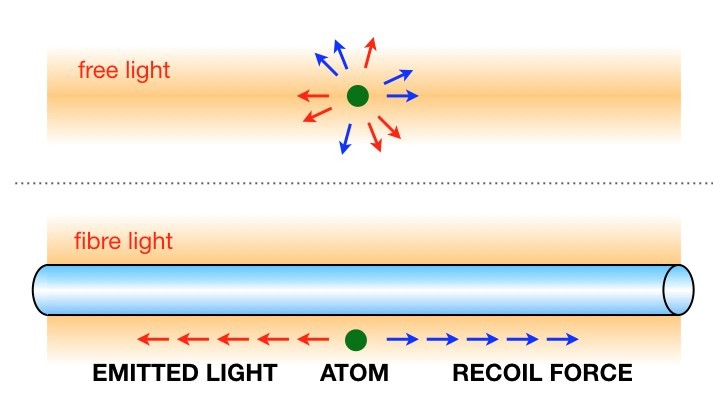
OIST scientists have been able to explicitly calculate and explore this chiral force and are now using it to develop applications in quantum engineering. “This fundamentally new way to control the motion of an atom will give a lot of flexibility and allow us to think of quantum devices that have not been possible before,” says Dr. Fam LeKien, the first author of the study. Their first project is to develop an idea for a new kind of interferometer, a device that could be used to measure things like gravity more accurately than currently available tools. The scientists hope that an interferometer based on this work may one day be used for more practical purposes as well – such as to identify areas of high mineral deposits as well as where pipes are laid underground, simplifying road construction.
Specialties
Research Unit
For press enquiries:
Press Inquiry Form










